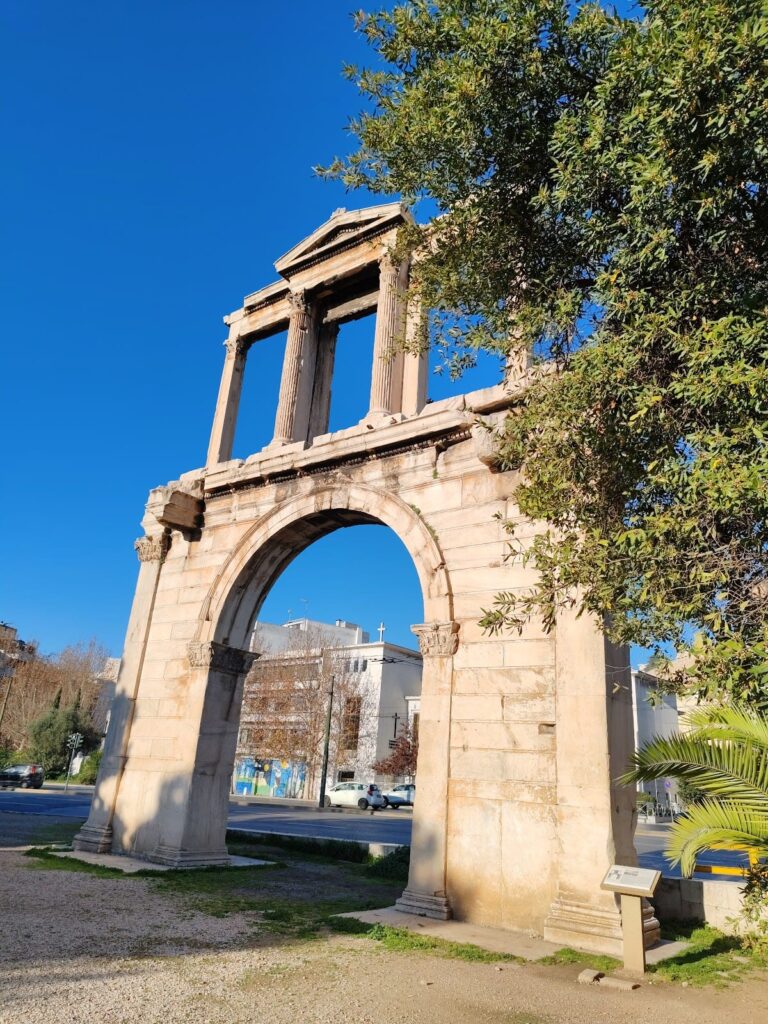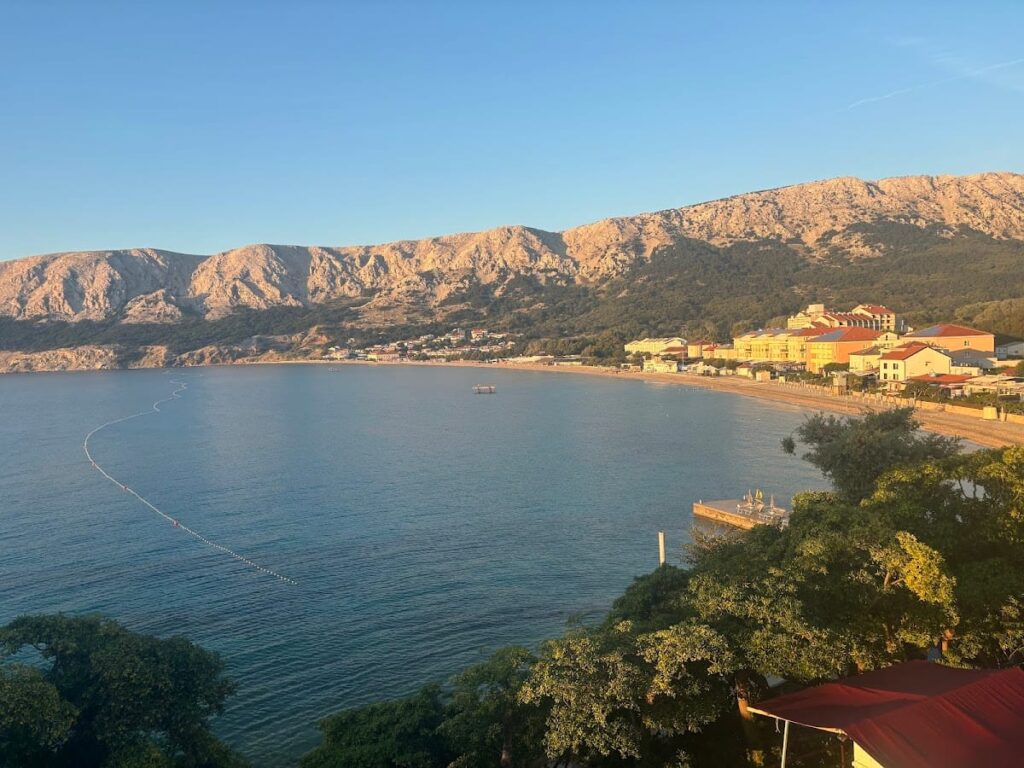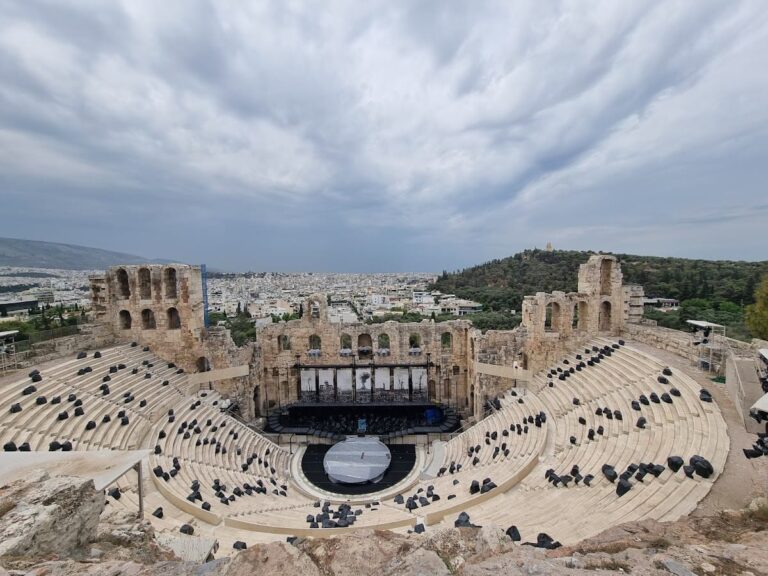Arch of Hadrian, Athens: A Roman Monument Marking the City’s Historical Divide
Visitor Information
Google Rating: 4.5
Popularity: Low
Google Maps: View on Google Maps
Official Website: odysseus.culture.gr
Country: Greece
Civilization: Roman
Remains: Civic
History
The Arch of Hadrian stands in Athens, Greece, approximately 300 meters southeast of the Acropolis. It was built by the Romans around 131-132 AD to honor Emperor Hadrian’s arrival and his contributions to the city. Hadrian had been granted Athenian citizenship nearly twenty years before the arch’s construction, and the monument reflects this close connection by celebrating him as an Athenian, not just as a Roman ruler.
Two inscriptions carved on opposite sides of the arch name both the mythical hero Theseus and Emperor Hadrian as founders of Athens. This dual dedication suggests a symbolic division or renewal of the city, possibly marking a conceptual boundary between the ancient city associated with Theseus and the expanded Roman-era city linked to Hadrian. Earlier theories that the arch marked the line of the ancient city wall have been disproven by archaeological excavations.
The arch’s patronage remains uncertain. It may have been commissioned by the Athenian state or by the Panhellenes, a federation of Greek cities centered in Athens. Similar arches dedicated to Roman emperors were built in the region during the late 2nd century AD, such as those at Eleusis, indicating a broader pattern of imperial honorific monuments in Greece. The arch has survived nearly nineteen centuries with remarkable preservation, though recent pollution has caused some stone discoloration and damage to the inscriptions.
Remains
The Arch of Hadrian is a large marble monument measuring 18 meters tall, 13.5 meters wide, and 2.3 meters deep. It was constructed entirely from Pentelic marble quarried about 18 kilometers northeast of Athens. The marble used is of lower quality than that of famous Athenian buildings like the Parthenon, containing more natural inclusions. The arch’s design is fully symmetrical on all sides.
The lower level features a single arched passageway 6.5 meters wide, flanked by pilasters topped with Corinthian capitals. Taller pilasters stand at the outer corners, and the spaces between are filled with squared stones with neatly cut edges. On each side of the archway, a Corinthian column stands on a rectangular base projecting from the wall. Above this level runs an Ionic architrave decorated with dentils and a projecting cornice.
The upper level, or attic, contains Corinthian columns and pilasters dividing it into three rectangular openings. The two outer openings have Ionic architraves with dentils and projecting cornices, while the central opening is framed by antae, rectangular pillars, with engaged Corinthian half-columns supporting a triangular pediment topped by a small leafy ornament called an acroterion. Originally, the central upper opening was closed by a thin stone screen about 7 centimeters thick, which was removed in the 19th century by order of Queen Amalia.
Two inscriptions are carved on the lower architrave, one on each side of the passageway. The northwest side reads, “This is Athens, the ancient city of Theseus,” while the southeast side states, “This is the city of Hadrian, and not of Theseus.” These inscriptions emphasize the arch’s symbolic role in marking a division between the old and new parts of Athens.
The arch’s base was buried about three feet underground in the 18th century, which helped preserve it exceptionally well. However, the lower level columns are now missing. The monument stands prominently over modern Amalias Avenue but shows signs of discoloration and erosion caused by environmental pollution. There is no physical evidence that large statues once adorned the attic or lower level, though some scholars suggest painted reliefs or statues may have existed during Hadrian’s time and were later removed.










